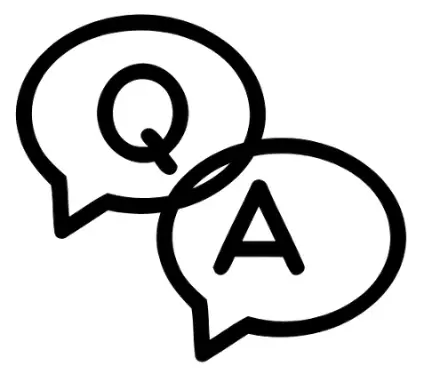foundations of business intelligence coursera week 3 quiz answers
Test your knowledge: Constant change and other limitations
1. A business intelligence professional considers the origin of a dataset, as well as what the data might have an impact on. What business intelligence practice does this situation involve?
- Contextualization
- Research
- Interpretation
- Mapping
2. Data integrity, data visibility, update frequency, and change are all aspects of what key business intelligence consideration?
- Data strategy
- Data performance
- Data maturity
- Data availability
3. A soap maker recently implemented a new record-keeping process. This compromised the integrity of its business intelligence solution when using data about recent sales at a local craft fair. What data limitation does this situation describe?
- Change
- Data integrity
- Data visibility
- Update frequency
Test your knowledge: Move beyond data limitations
4. A business intelligence professional working at a beach towel manufacturer creates a dashboard to highlight the spike in sales that happens each summer season. The vice president of sales instead asks for a dashboard that reveals year-over-year results. In this situation, what is the vice president trying to accomplish?
- Ensure all metrics are measurable
- Eliminate vanity metrics
- Use only very specific metrics
- Limit the number of metrics
5. A business intelligence professional is determining which metrics to include on a dashboard. They confirm that they have the necessary technologies and processes in place to obtain and analyze the data they need for each metric. What principle does this situation describe?
- Data integrity
- Data governance
- Data availability
- Data partitioning
6. Which of the following statements accurately describe a dashboard best practice? Select all that apply.
- Display supporting metrics below the top metric, as they reinforce it.
- Supporting metrics should rise up from the base, as they grow from the most important metric.
- Display the most important metric at the top.
- Display the most important metric at the base, as it is the foundation of the dashboard.
Weekly challenge 3
7. When you contextualize, you offer important perspective. What are some key elements to consider when contextualizing a dataset? Select all that apply.
- The motivation behind it
- How it might be improved
- Where it fits within a larger setting
- The origin and other relevant background information
8. A business intelligence professional considers how each stakeholder will use the dashboard they create. This is an important part of prioritizing what within an organization?
- Business metrics
- Cross-functional relationships
- Processing speed
- Advanced analytics
Shuffle Q/A 1
9. Data integrity pertains to which aspects of data throughout its life cycle? Select all that apply.
- Accuracy
- Trustworthiness
- Evolution
- Completeness
10. A business intelligence professional spends some time researching the data that will be used in an upcoming project. They want to ensure that it is timely, relevant, readily accessible, and able to be put to use. What business intelligence concept does this scenario describe?
- Data openness
- Data availability
- Data dimensions
- Data range

